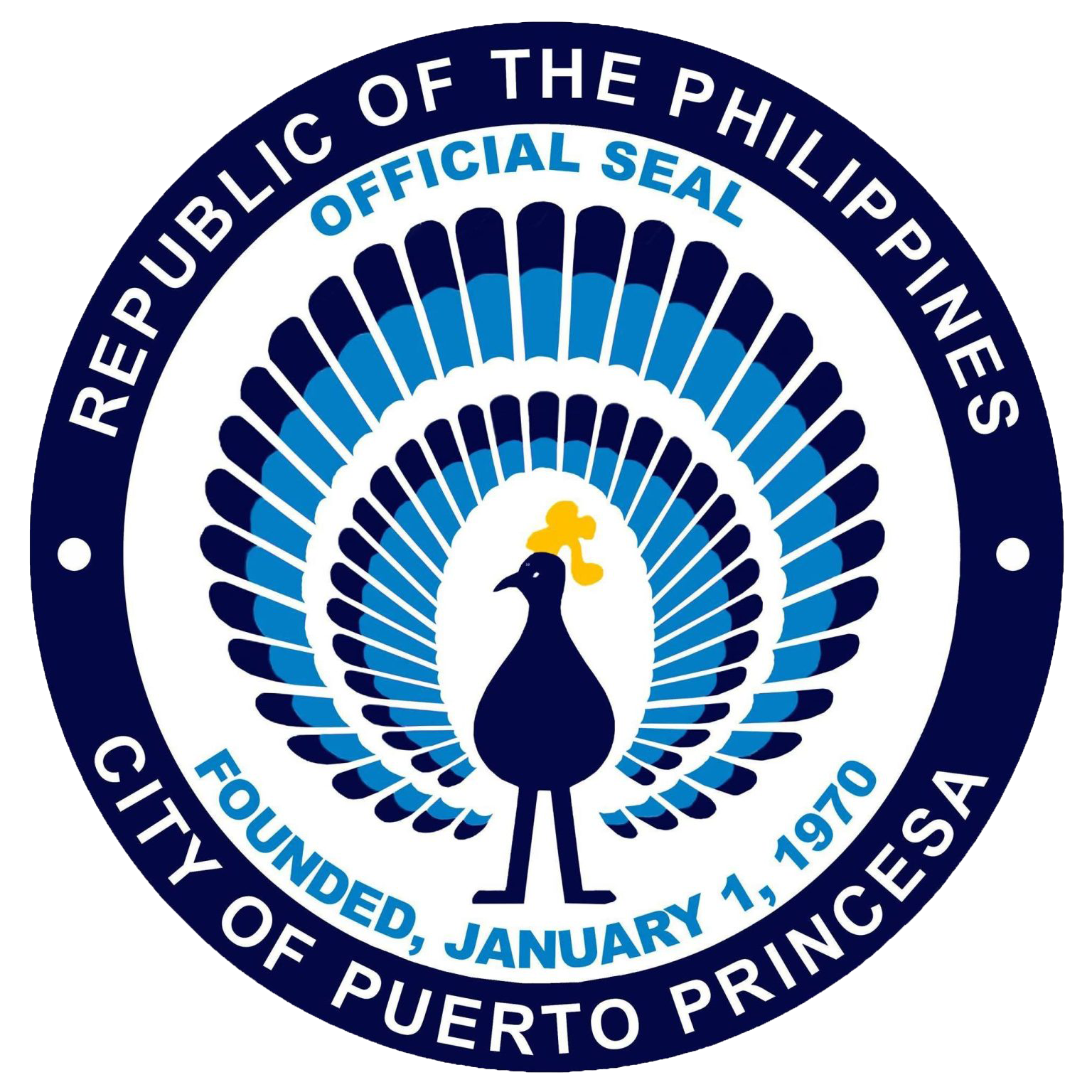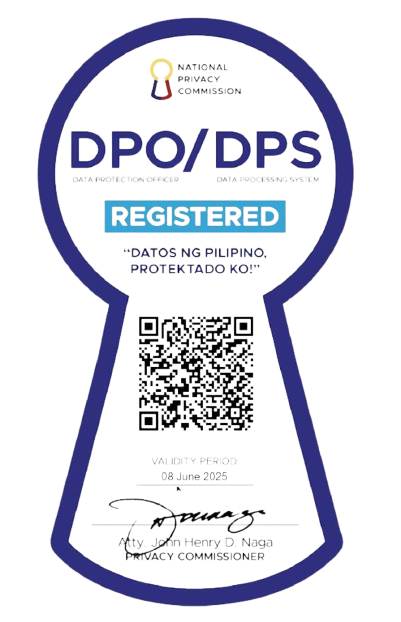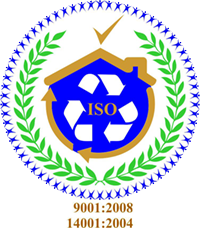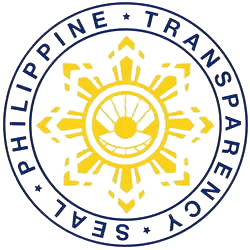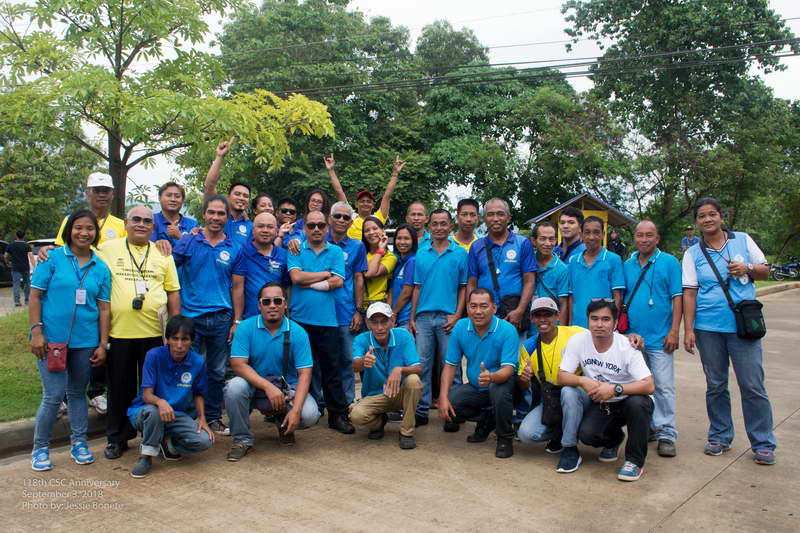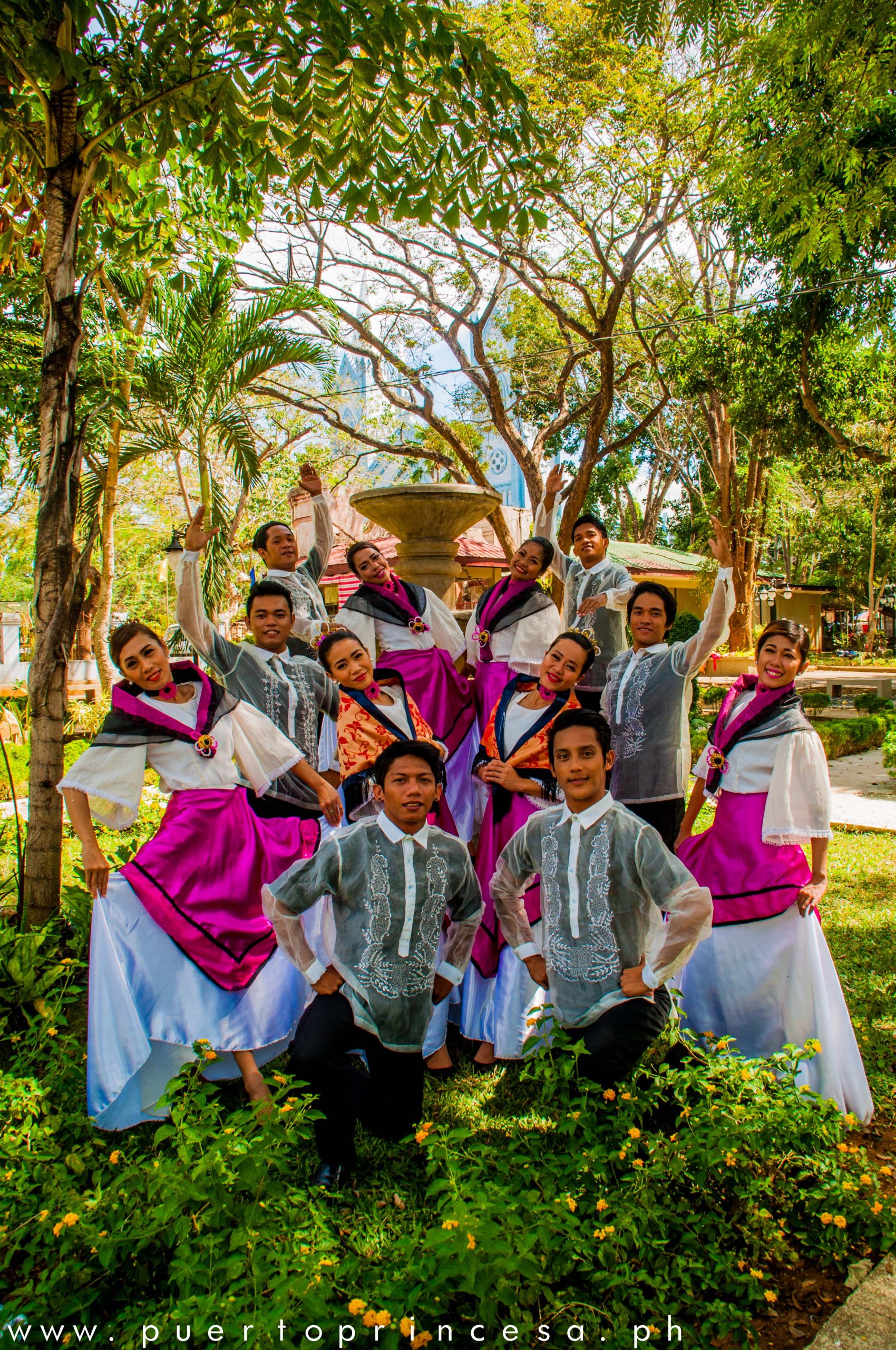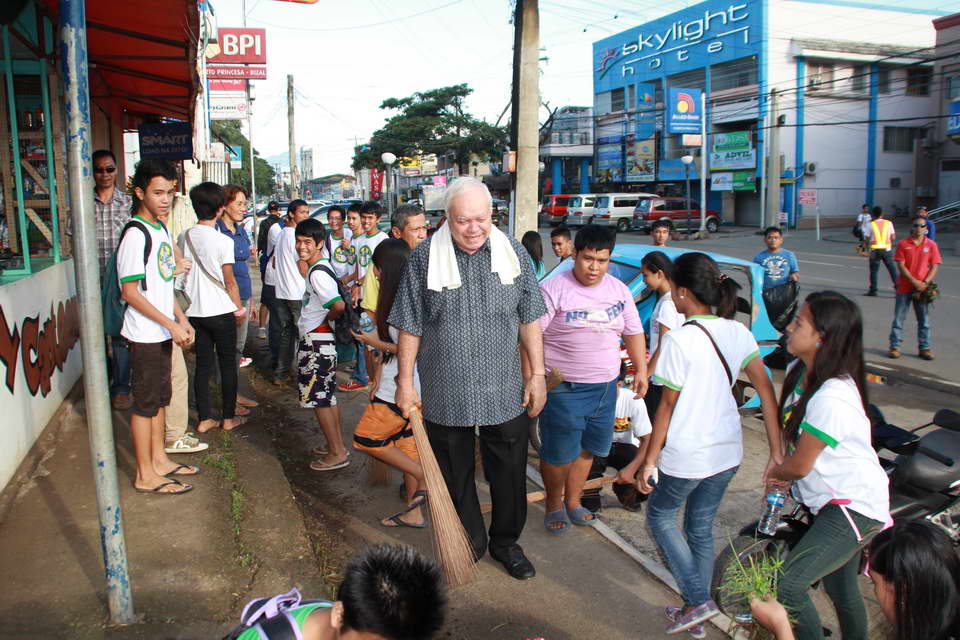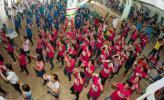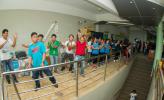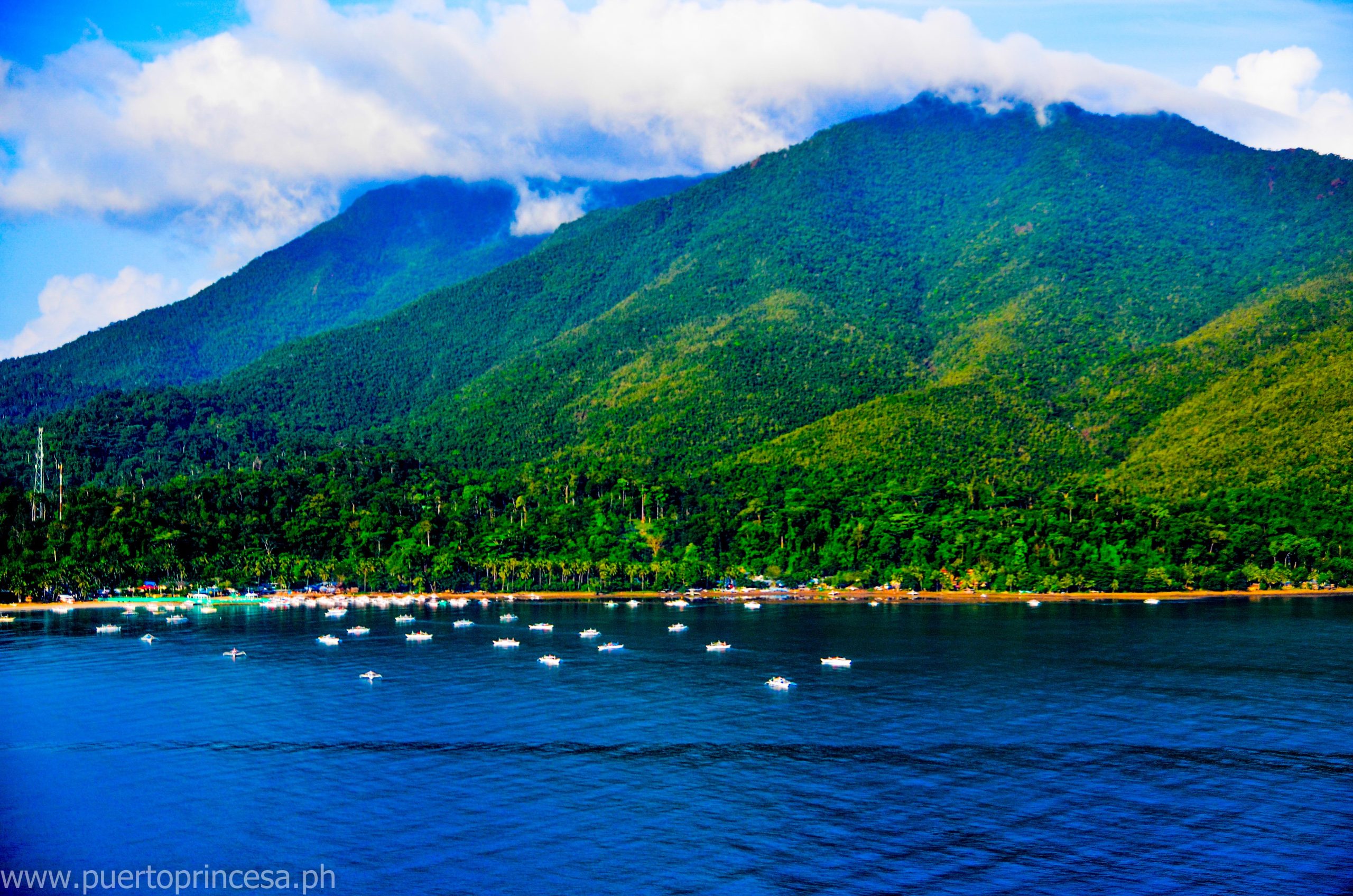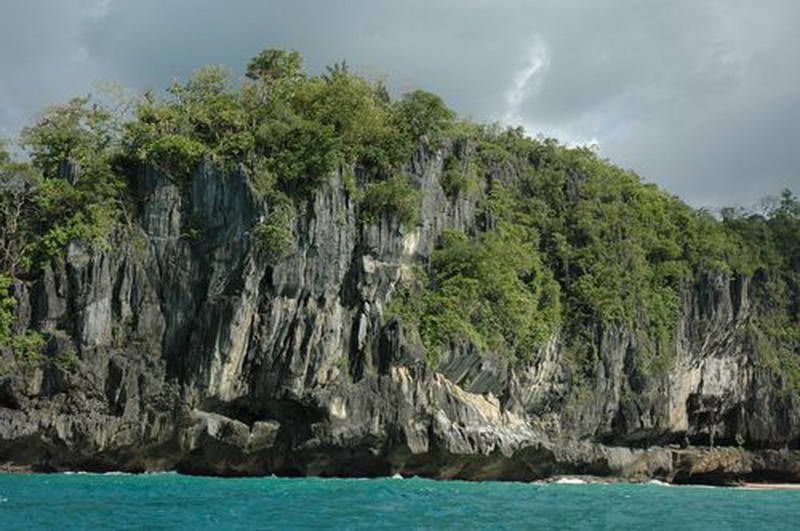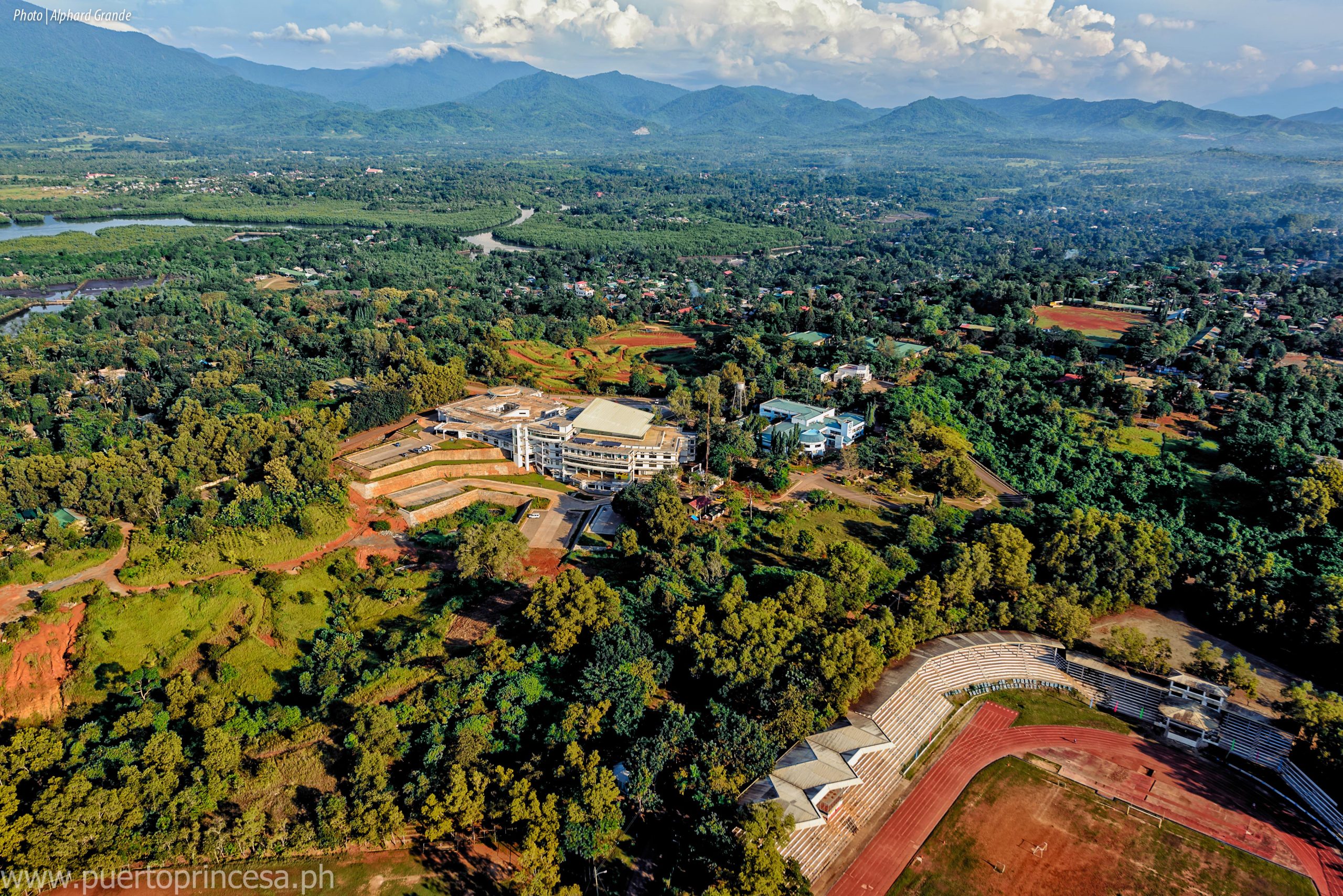PUERTO PRINCESA
CITY, PALAWAN
The about our city provides comprehensive information on its rich history, notable key facts, prestigious awards and citations, and its distinction as the first carbon-neutral city. It also highlights the city’s inspiring story of growth.
HISTORY OF PUERTO PRINCESA CITY
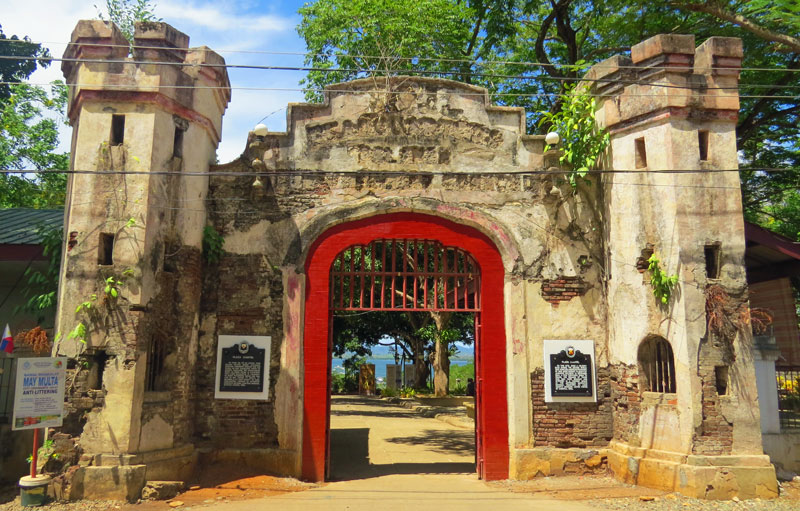
Puerto Princesa, a city with a rich history and natural beauty, was named after Princess Asunción, whose legacy lives on in the area’s name. Founded by Spanish colonizers in 1872, it grew from a small settlement into a thriving town and eventually became a city in 1970.
Known for its strategic seaport, clean streets, and well-planned community, Puerto Princesa has earned a reputation as one of the most beautiful and orderly cities in the country. Today, it stands as a model of environmental conservation and local governance.
Over the years, Puerto Princesa has blossomed from a small settlement into a flourishing town and eventually a city in 1970, known for its well-organized layout, cleanliness, and vibrant community. Beyond its rich history, the city today stands as a beacon of environmental conservation, progressive governance, and sustainable development.
READ MORE
KEY FACTS OF PUERTO PRINCESA CITY

Tropical Paradise
A tropical paradise with a bustling urban center perfect for business with leisure trips. Lush rainforests and white sand beaches are simply hours away from the city proper, where a banking and commercial boom has made life easier.

Foundation Date
Puerto Princesa is a relatively young settlement. It was established as a city only in 1970. The first settlers arrived here almost a century earlier though, on March 4, 1872, celebrated every year hence as the foundation day of Puerto Princesa.
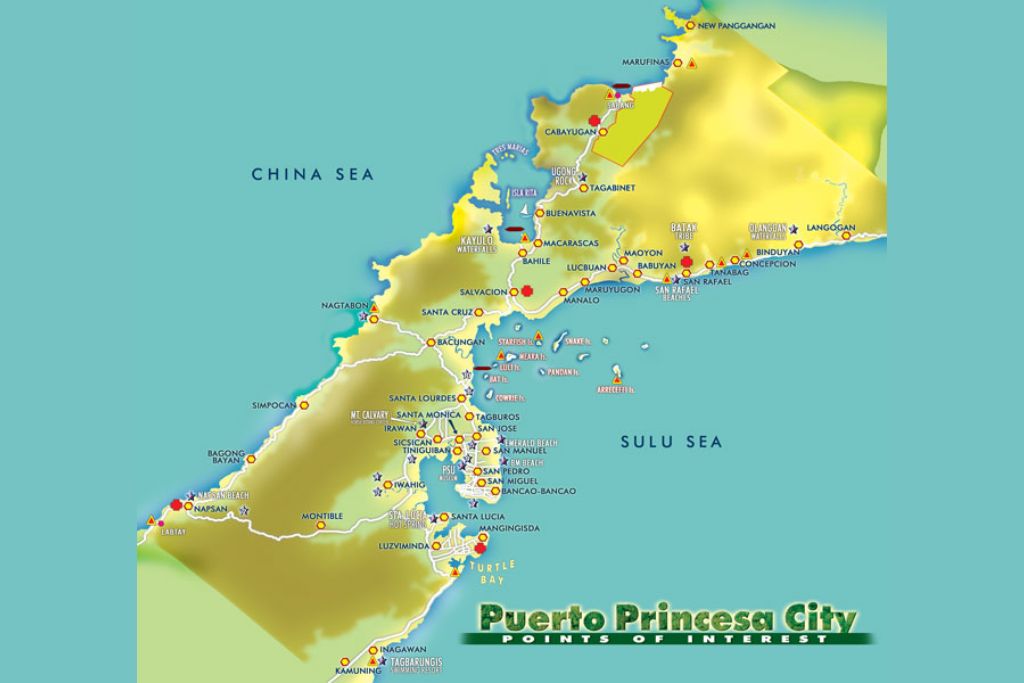
City Size and Largest in the Country
Puerto Princesa sprawls across 253,982 hectares of land stretched over 106 kilometers, making it the country’s largest city. Its narrowest breadth is in Bahile, where only 8.5 kilometers of land separate the east and the west coast.
THE FIRST CARBON
NEUTRAL CITY
The first carbon-neutral city refers to a city that has reduced its carbon emissions to net zero, either through a combination of reducing its own emissions and offsetting the remaining emissions by initiatives like carbon capture or renewable energy projects.
PUERTO PRINCESA CITY STORY
This book, THE PUERTO PRINCESA STORY, was conceived with the thought to present an enlightened knowledge of how the City of Puerto Princesa became what it is today. How it developed from a plateau of virgin forest to a City Paradise and achieved an image of par excellence in the eyes of the nation and the world at large, when considered from the difficulties it underwent during the Japanese occupation.
It’s reconstruction from the ravages of war; and the subsequent destruction of its once rich natural resources, particularly its fishing grounds which supply sixty percent of the fish consumed in Metro Manila.
More significant is how Puerto Princesa City overcame the impression that it is a place inhabited by the Muslims, prisoners, lepers and the prevalence of malignant malaria. The presence of the Iwahig Prison and Penal farm has been considered, at the start of the century, as deterrent to its development, but future events proved to the contrary.

USAID/SURGE PROJECT IN PUERTO PRINCESA CITY
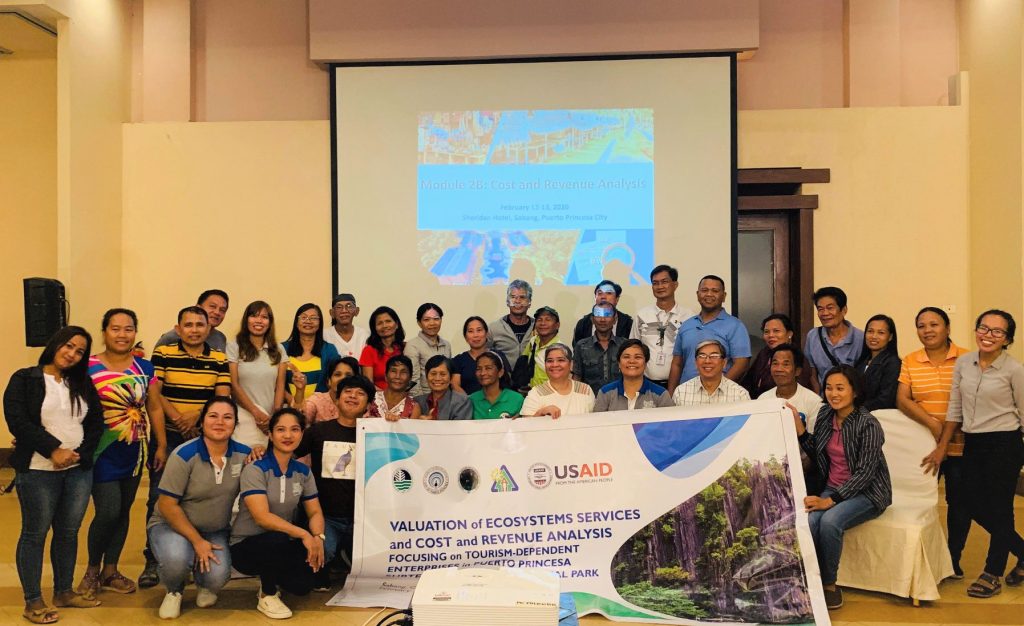
The USAID/SURGE (Strengthening Urban Resilience for Growth with Equity) Project in Puerto Princesa City was a pivotal part of a larger initiative that spanned several secondary cities across the Philippines. This project, which started in 2012, was designed to address key urban development challenges while fostering sustainable and equitable economic growth.
The project aimed not only at enhancing resilience to climate change but also at ensuring that the benefits of growth were shared broadly among all communities, particularly marginalized groups.
By working closely with local government units, businesses, and civil society organizations, the SURGE Project sought to catalyze systemic improvements in urban planning, infrastructure, and governance.
